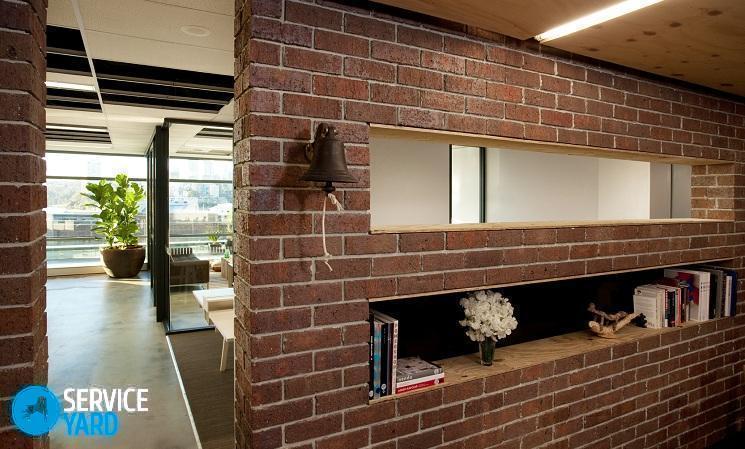Weight of masonry in 1 m3

The strength, reliability of the building, its resistance to atmospheric precipitation largely depends on what materials are chosen for construction. Brick is one of the most common and versatile options. However, the use of any building material is necessarily associated with the implementation of certain calculations. In particular, in order to know how much to buy materials for the construction of walls or foundations, it is necessary to know the weight of the brickwork in 1 m3.
All primary information is given by the manufacturer, with all possible tolerances. This information can be useful if, for example, you need to know for sure that the building will not put excessive stress on the foundation. It is also necessary to take into account the mass of the solution used for masonry.
to contents ↑Type of building material and masonry weight
The most common version of the components for masonry products is as follows:
- Lime.
- Clay.
- Sand.
Important! Each of the components has its own characteristics, and in the production of various methods can be used. The use of a particular technology also affects the weight of 1 m3 of masonry.
Standard clay bricks are the most versatile option. The clay mixture is subjected to high-temperature firing in a special furnace. The weight of the brickwork cube also depends on what shape the resulting building material has (solid or hollow). The density range is between 1.7 and 1.9 t / m3.
Silicate artificial stone is in demand no less than its clay "brother". The ingredients that make up its composition:
- Quarry sand.
- Quicklime.
- Water.
- Auxiliary additives.
A balanced combination of all these components makes it possible to increase the duration of the working life of the material and its strength.
Silicate brick M50 is one of the modern varieties. In addition to the traditional set of ingredients, the composition of the raw materials includes modifiers and coloring agents. Manufacturing technology - a combination of drying, pressing and molding. The specific weight of 1 m3 of brickwork is about 1.5 tons.
to contents ↑Volumetric weight of masonry 1 m3 - what does it include?
The cube of the structure includes, in addition to stone:
- building mixture;
- glue.
These details also need to be considered so that the calculation is as accurate as possible.
Important! The amount of cement consumption is determined by the type of building stones used, their size and the size of the seam. The average consumption of mortar per cubic meter of construction is approximately 0.3 m3, or 0.5 tons.
The rest of the volume of the structure (0.7 m3) falls on the brick:
- Silicate - 300 pcs.
- Red - 400 pcs.
The mass of the structure is 1.5-1.9 tons. That means - 2.0 to 2.5 tons per cubic meter of finished masonry.
to contents ↑Stock footage
Knowing the principle of finding the weight of a brick structure, it is not difficult to calculate and design the foundation in such a way that it meets all the requirements and can withstand loads. All this will allow to avoid flaws that can negate the entire construction. Having completed all the calculations, you will get a solid and reliable design that will last for many years.
- How to choose a vacuum cleaner taking into account the characteristics of the house and coatings?
- What to look for when choosing a water delivery
- How to quickly create comfort at home - tips for housewives
- How to choose the perfect TV - useful tips
- What to look for when choosing blinds
- What should be running shoes?
- What useful things can you buy in a hardware store
- Iphone 11 pro max review
- Than iPhone is better than Android smartphones




